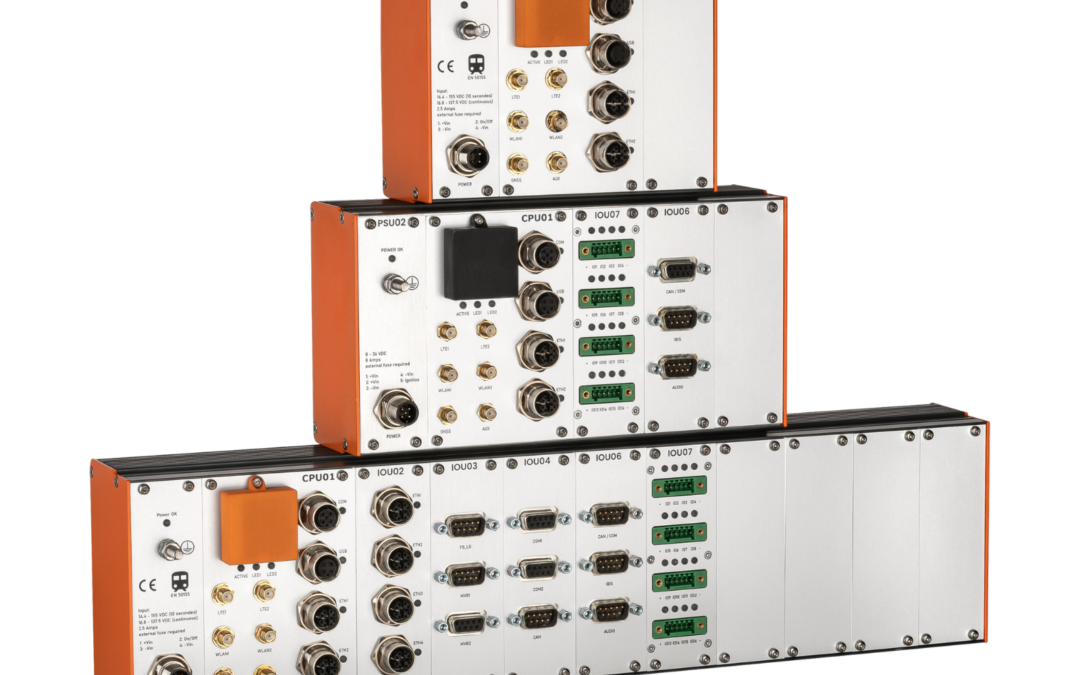How standardization helps to develop more stable system architectures
Every system architect knows the dilemma. They would prefer to have everything developed in-house. At least then it would be exactly how it would fit perfectly for their system architecture. Fewer and fewer companies can afford this approach, whether due to time pressure or a lack of expertise in all the required fields.
System architects now have to source partial solutions from the market in order to be able to offer competitive solutions. But how can market selection be successful? Which criteria should be applied? Exclusively function? Quality? Price? Delivery time?
Of course, functional fit is decisive for use, but long-term availability and stability are also important factors in rail and public transport applications (and many other industrial sectors).
Railroad suppliers are aware of the requirement to offer systems and components that can be delivered for at least 10…15 years. This is best achieved when system architects are not dependent on a supplier’s proprietary solution. The use of standards, on the other hand, guarantees a wider range of options, comparable solutions and costs, second sources and, incidentally, reduces the technical risk, the risk of obsolescence and increases acceptance in the market. Confidence in a solution increases when other manufacturers offer similar solutions in the same standard.
Standards have so far existed primarily at the level of system-on-modules (SOMs) – such as COM Express, smarc) and for high-quality modular systems (e.g. mTCA, CompactPCI). In the industrial PC segment, such a comprehensive standard has been lacking until now. Many manufacturers offer a wide variety of IPCs and BoxPCs, but even within one manufacturer it is hardly possible for products to be compatible in terms of form-fit function and thus be replaced without major effort for the user.
This is now possible with ModBlox7®. The modular BoxPC standardized under the umbrella of the PICMG offers many advantages of modular systems while at the same time addressing the requirements for BoxPCs such as small installation space, low weight and price sensitivity. In addition, system architects now have a free choice, can obtain solutions from various market players and are therefore not dependent on one supplier.
This results in a system design that can be kept stable in the long term. Even in the event of discontinuation, standardized solutions can be replaced without great effort – since form-fit function replacements are available.

Recent Comments